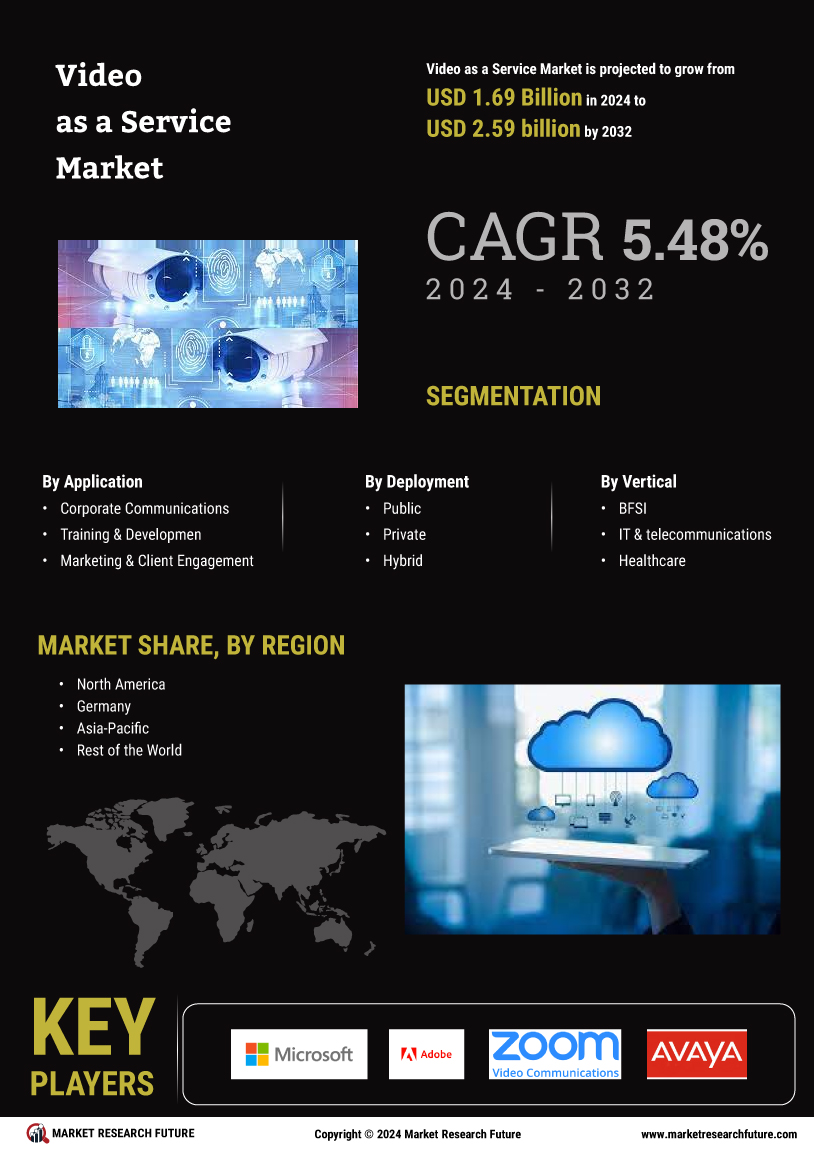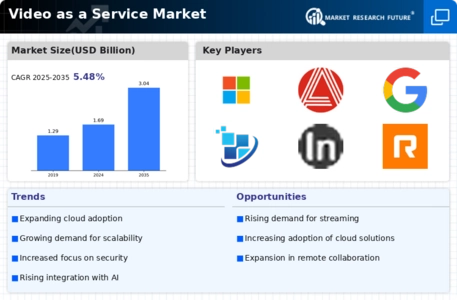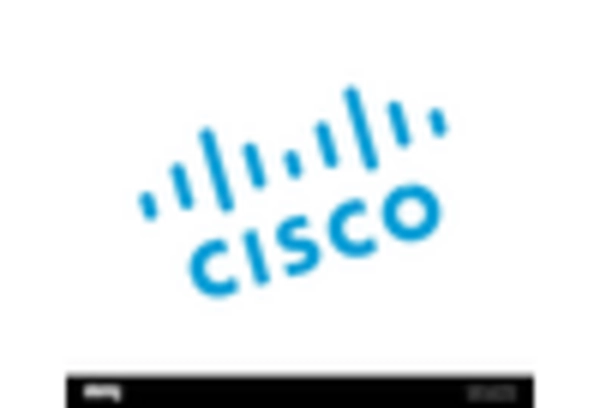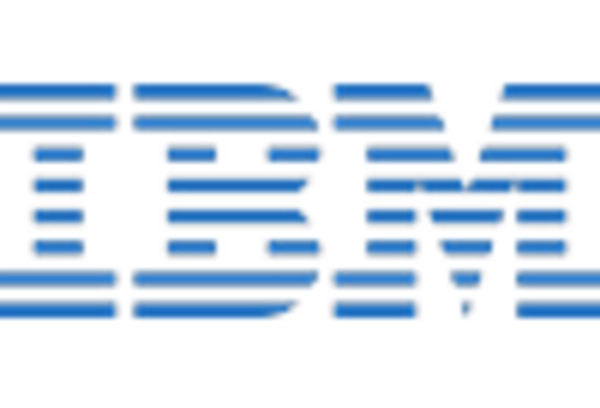The Video as a Service Market (VaaS) market is currently characterized by a dynamic competitive landscape, driven by rapid technological advancements and increasing demand for scalable video solutions. Major players such as Amazon Web Services (US), Microsoft (US), and Google (US) are at the forefront, leveraging their extensive cloud infrastructures to enhance service delivery. These companies are strategically positioned to capitalize on the growing trend of digital transformation, focusing on innovation and partnerships to expand their market reach. Their collective efforts in developing robust platforms and integrating advanced analytics capabilities are reshaping the competitive environment, fostering a climate where agility and responsiveness to customer needs are paramount.
In terms of business tactics, companies are increasingly localizing their services to cater to regional markets, optimizing supply chains to enhance efficiency. The VaaS market appears moderately fragmented, with a mix of established players and emerging startups. This structure allows for a diverse range of offerings, yet the influence of key players remains substantial, as they set industry standards and drive technological advancements that smaller competitors often follow.
In September 2025, Amazon Web Services (US) announced the launch of a new suite of AI-driven video analytics tools aimed at enhancing user engagement and content personalization. This strategic move underscores AWS's commitment to integrating artificial intelligence into its VaaS offerings, potentially setting a new benchmark for user experience in the industry. By leveraging machine learning algorithms, AWS aims to provide clients with actionable insights, thereby enhancing content effectiveness and viewer retention.
In August 2025, Microsoft (US) expanded its partnership with a leading telecommunications provider to enhance its Azure Media Services. This collaboration is expected to improve the scalability and reliability of video streaming services, particularly in underserved regions. The strategic importance of this partnership lies in its potential to broaden Microsoft's market presence while addressing the growing demand for high-quality video content delivery in diverse geographical areas.
In July 2025, Google (US) unveiled a new feature within its Google Cloud Video Intelligence API, which allows for real-time video analysis and tagging. This innovation is likely to attract a wider range of clients, from media companies to educational institutions, seeking to harness the power of video content. The introduction of real-time capabilities signifies a shift towards more interactive and responsive video services, aligning with current market trends that favor immediacy and user engagement.
As of October 2025, the competitive trends in the VaaS market are increasingly defined by digitalization, sustainability, and the integration of artificial intelligence. Strategic alliances among key players are shaping the landscape, fostering innovation and enhancing service offerings. Looking ahead, it is anticipated that competitive differentiation will evolve, with a pronounced shift from price-based competition to a focus on technological innovation, reliability of supply chains, and the ability to deliver personalized user experiences.


















Leave a Comment